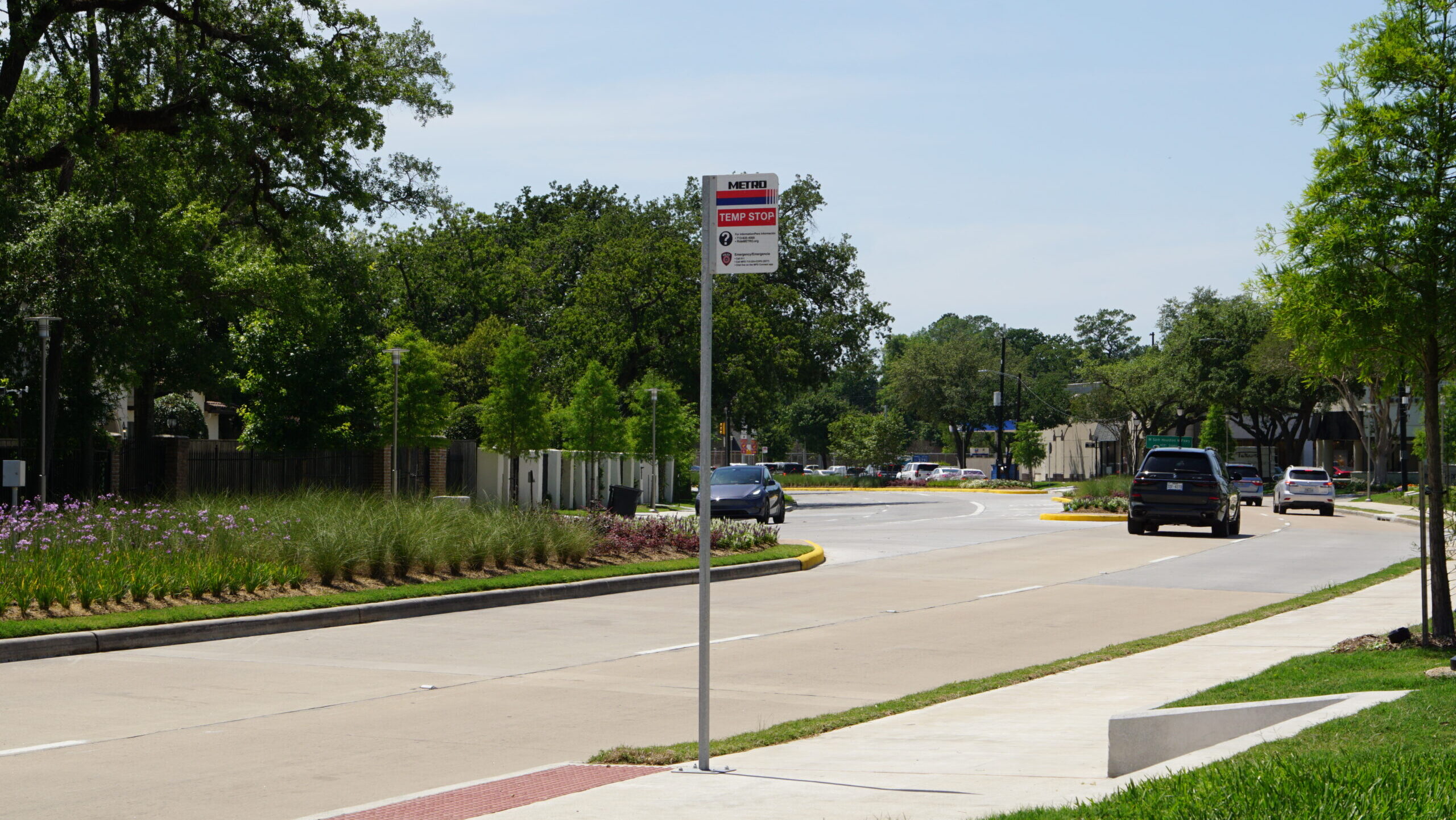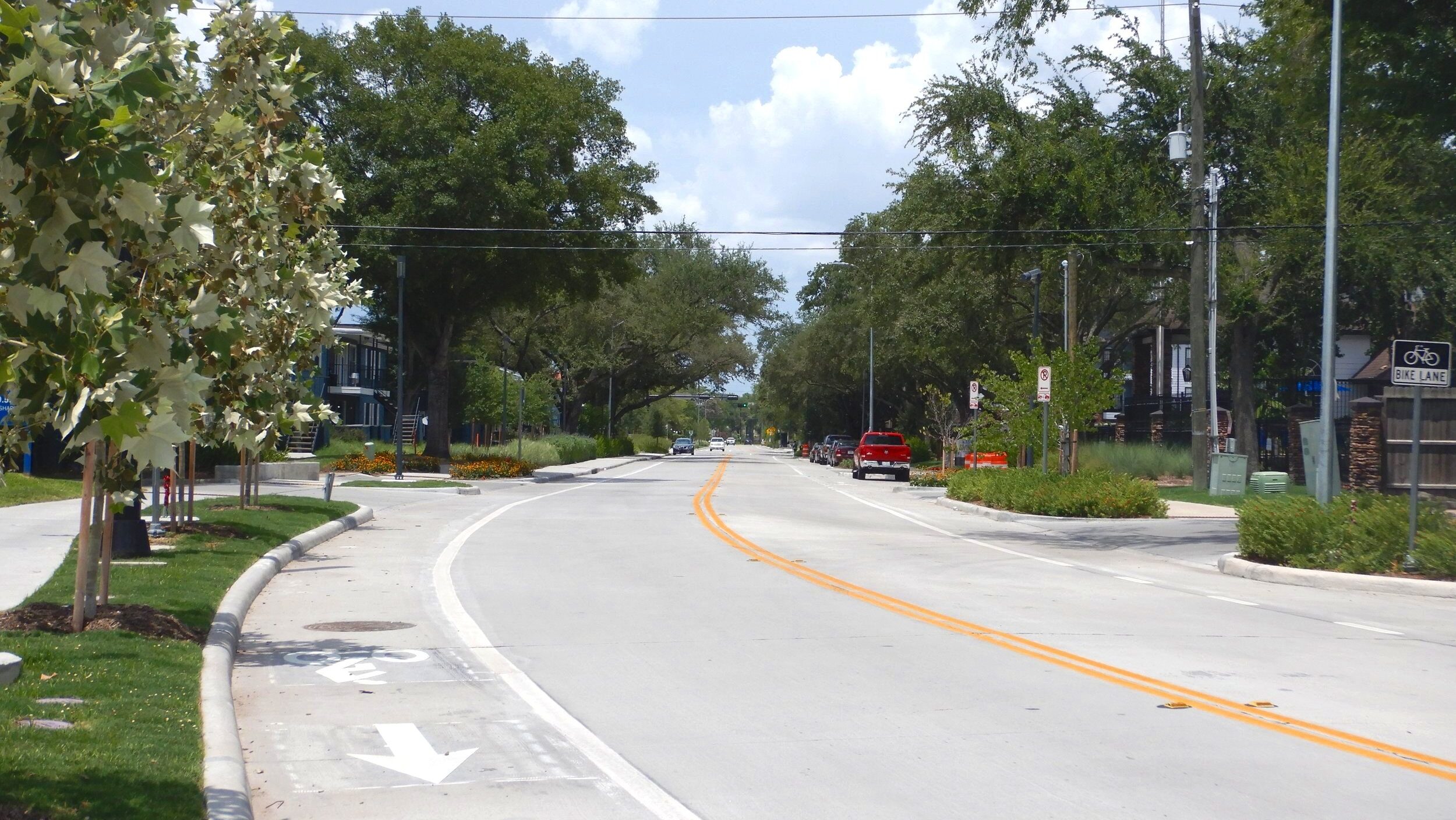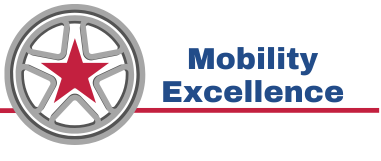Recognizing transportation projects that drive safety, innovation, and community impact, shaping a more connected and resilient West Houston.
Mobility Excellence was launched by the WHA Regional Mobility Committee to recognize essential transportation projects that positively impact the West Houston region and beyond. The program aims to highlight projects that deliver significant societal benefits, focusing on key areas such as safety, connectivity, resiliency, economic development, innovation, and community impact and integration. These projects are vital to enhancing the region’s multimodal mobility landscape.
Please send completed applications to info@westhouston.org
Mobility Excellence Projects

Memorial Drive Reconstruction
The Memorial Drive Reconstruction has significantly improved mobility, safety, and access from Beltway 8 to Tallowood Road through modern enhancements like upgraded traffic signals and durable mast-arm structures that reduce congestion and withstand strong winds. The project team engaged the community throughout the planning process, focusing on effective stormwater management and sustainability. Features such as pedestrian lights and 8-foot-wide paths encourage the use of alternative transportation, including the METRO bus system. Overall, this innovative initiative enhances local mobility and meets community expectations.

Walnut Bend Lane Reconstruction
The Walnut Bend Lane Reconstruction project stands out for its significant enhancements to walkability, multimodal circulation, safety, aesthetics, and sustainability along the 1.1-mile stretch between Westpark and Westheimer. Pivotal upgrades include roadway reconstruction, improved underground utilities, and the addition of bike lanes, alongside back-of-curb enhancements like functional landscaping, pedestrian lighting, and upgraded bus stops. The project incorporates context-sensitive design elements such as wayfinding signage, enhanced crosswalk markings, 6-foot-wide sidewalks, and an increased tree canopy, contributing to a more inviting environment. With improved turning radii for larger vehicles and better options for non-automotive transportation, Walnut Bend Lane has evolved into a true “complete street” fostering a distinct community identity, increasing property values, and enhancing the overall well-being of residents.

